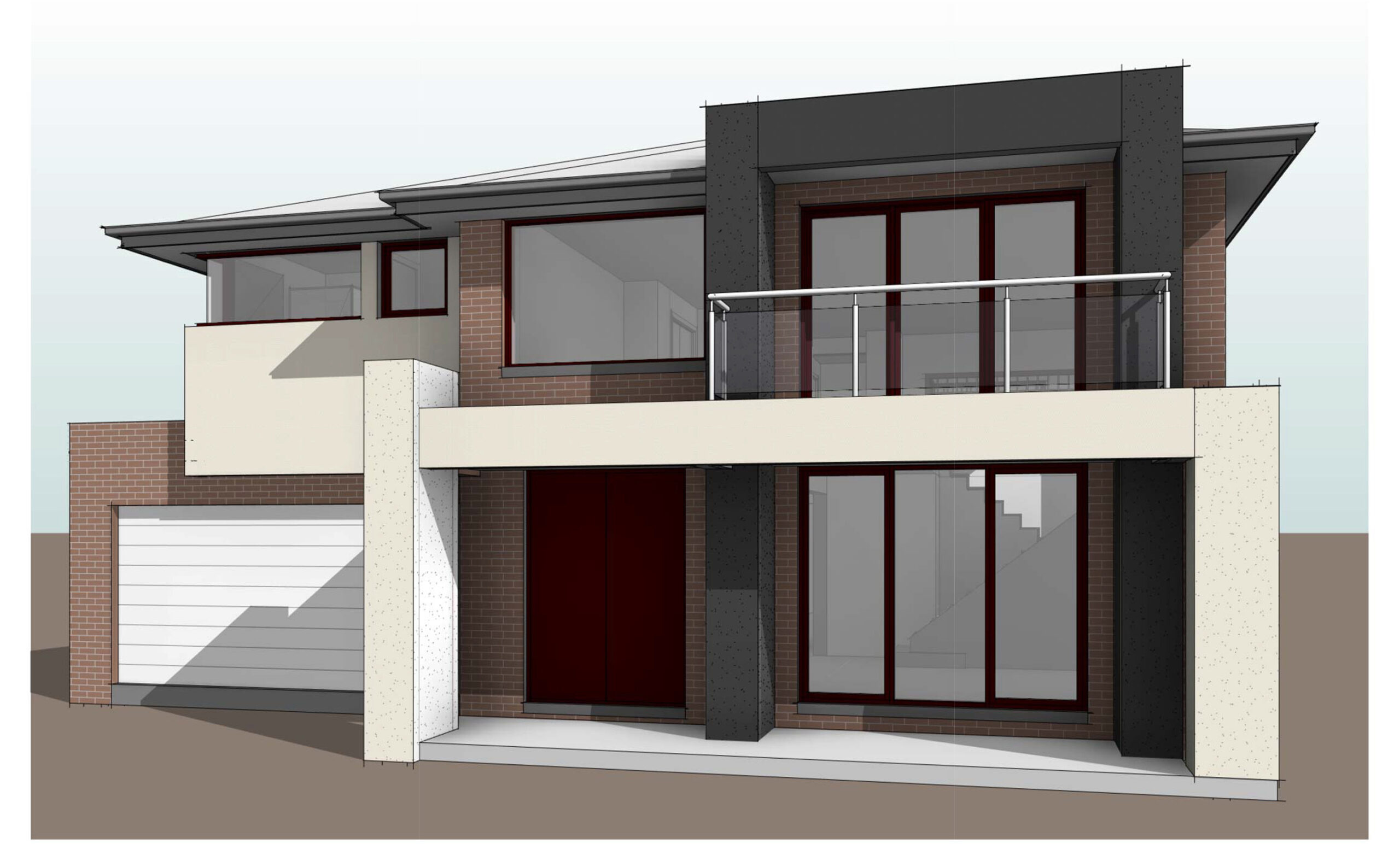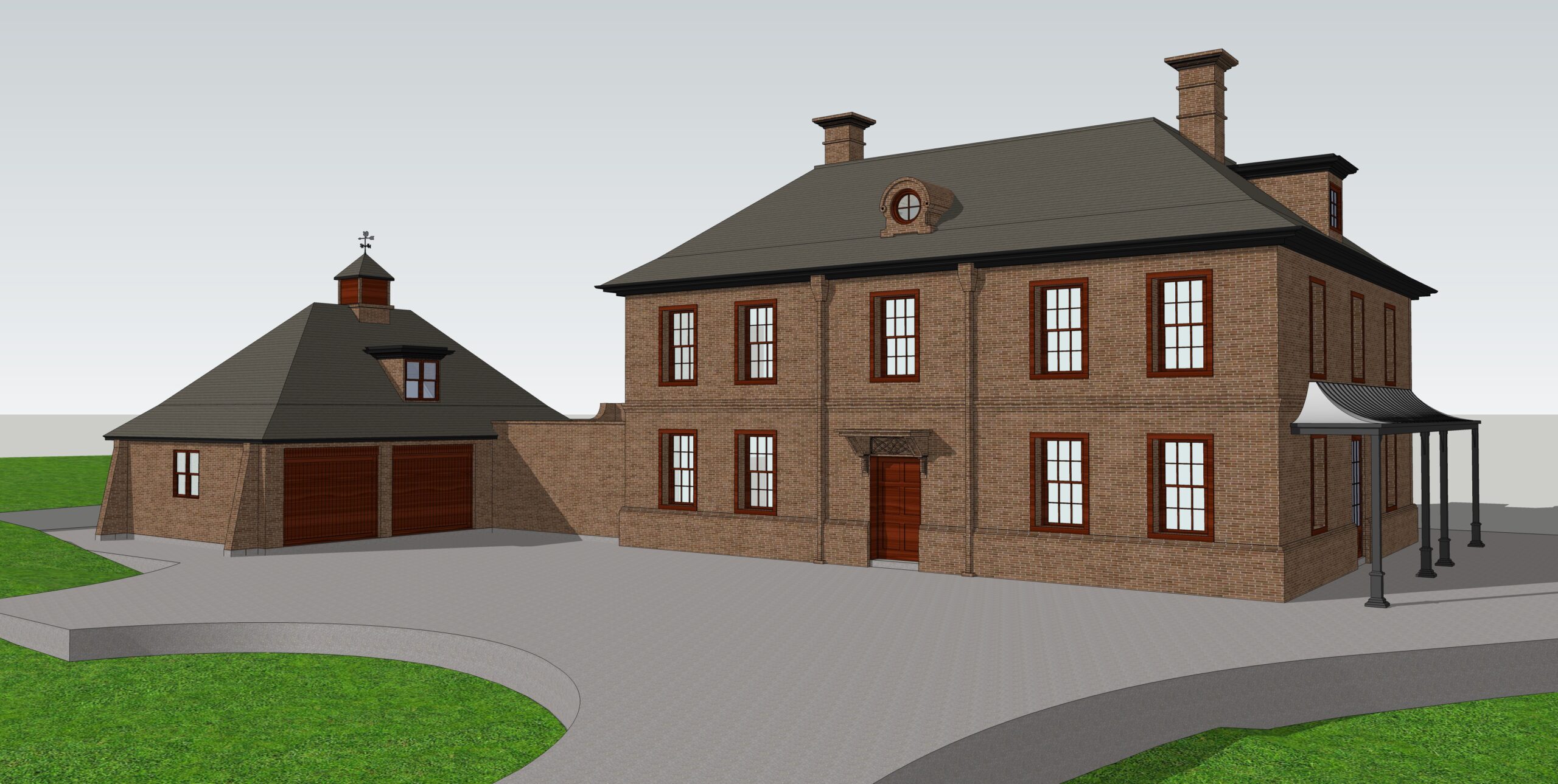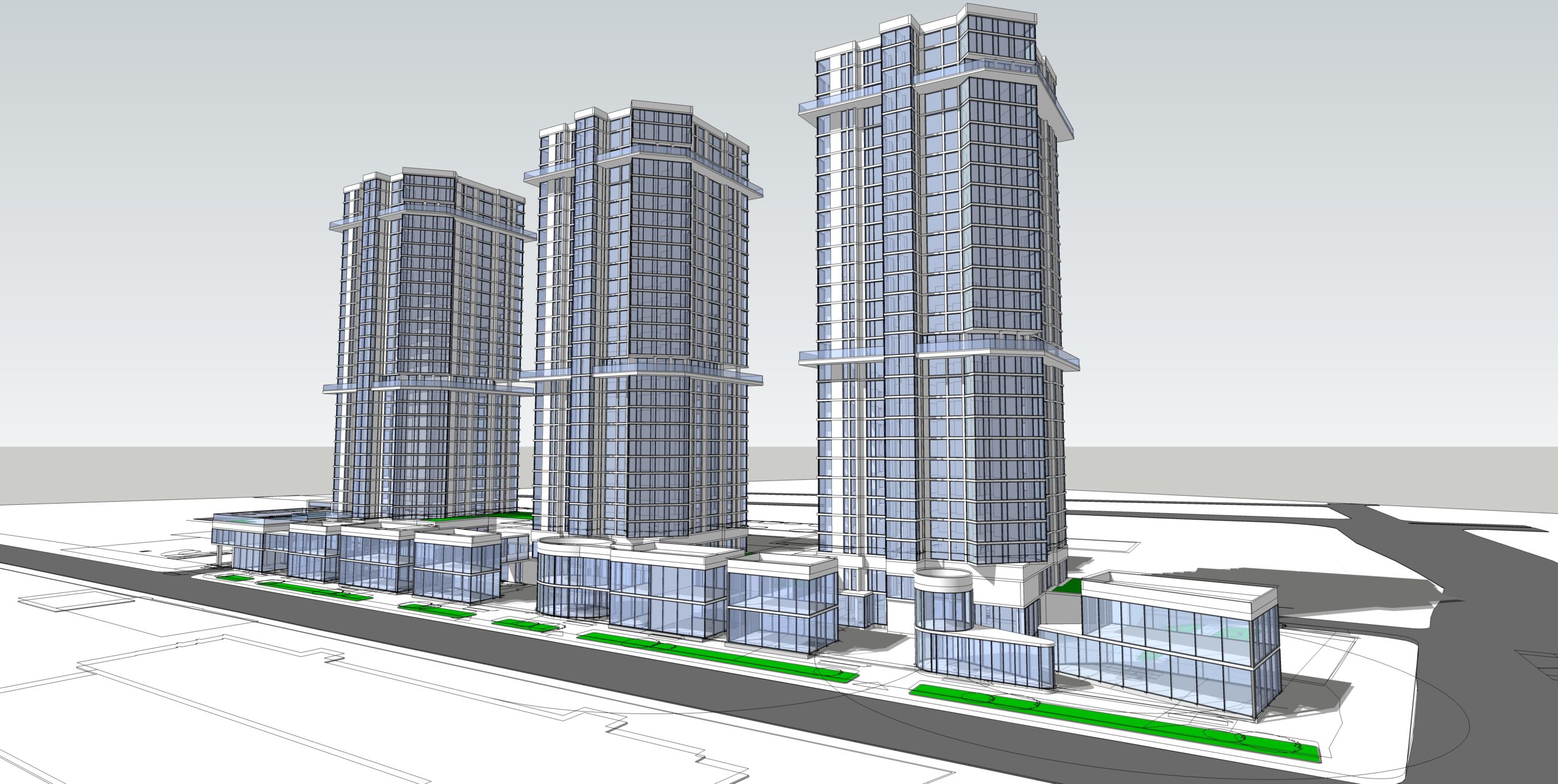Outsourcing Opportunities for Architectural Designs in Architecture Works
Posted on : Jul 19, 2023
In the fast-paced world of architecture, finding efficient and cost-effective solutions is crucial for success. One approach that has gained significant popularity in recent years is outsourcing architectural designs. By leveraging the expertise and resources of external professionals, architects can streamline their processes, enhance creativity, and focus on core competencies. This article explores the outsourcing opportunities available for architectural designs and how they can benefit architecture works.
Introduction
In today’s competitive architectural landscape, firms and professionals are constantly seeking ways to optimize their processes and maximize efficiency. Outsourcing architectural designs has emerged as a viable solution, offering a range of benefits such as cost savings, increased productivity, and access to specialized expertise. By collaborating with external partners, architects can offload time-consuming tasks and focus on their core strengths.
Understanding Outsourcing in Architecture
Outsourcing in architecture refers to the practice of delegating certain design tasks, drafting, or modeling work to external professionals or firms. These outsourcing partners can be located locally or internationally and provide services on a project-by-project basis. The concept of outsourcing in architecture has gained traction due to advancements in technology, improved communication channels, and the availability of skilled professionals worldwide.
Advantages of Outsourcing Architectural Designs
Outsourcing architectural designs offers several advantages to architecture firms and professionals:
Cost Savings: Outsourcing allows firms to reduce overhead costs associated with maintaining an in-house design team. By leveraging the services of external professionals, architects can access high-quality designs at a fraction of the cost.
Increased Productivity: Outsourcing non-core design tasks enables architects to focus on more critical aspects of their projects. This leads to increased productivity and efficiency, allowing firms to take on more projects and meet client deadlines effectively.
Access to Specialized Expertise: Outsourcing provides access to a diverse pool of talented architects and designers with specialized skills and knowledge. This allows firms to tap into expertise that may not be readily available internally.
Flexibility and Scalability: Outsourcing offers flexibility in resource allocation. Firms can easily scale up or down their design capabilities based on project requirements, without the need for long-term commitments or hiring additional staff.
Popular Outsourcing Destinations
When considering outsourcing opportunities for architectural designs, certain regions have emerged as popular destinations:
India: Known for its strong IT and architectural outsourcing industry, India offers a vast talent pool, cost-effectiveness, and proficiency in various design software.
Philippines: The Philippines has become a favored outsourcing destination due to its English-speaking workforce, cultural compatibility, and expertise in architectural design and drafting.
Eastern Europe: Countries like Poland, Ukraine, and Romania have witnessed rapid growth in architectural outsourcing. These regions provide a balance between cost savings and quality services.
China: With its large population and technological advancements, China offers a competitive edge in terms of cost, expertise, and speed in delivering architectural designs.
Considerations for Choosing an Outsourcing Partner
Selecting the right outsourcing partner is crucial for a successful collaboration. Here are some considerations to keep in mind:
Experience and Expertise: Assess the outsourcing partner’s portfolio, expertise, and relevant experience in architectural designs. Look for firms that have a track record of delivering high-quality work.
Communication Skills: Effective communication is vital in outsourcing relationships. Ensure that the outsourcing partner has excellent communication skills and can understand and convey your design requirements accurately.
Data Security and Confidentiality: Discuss data security measures and confidentiality agreements with potential outsourcing partners. Protecting intellectual property rights and sensitive client information is paramount.
Project Management Capabilities: Evaluate the outsourcing partner’s project management capabilities. They should have a structured workflow, clear milestones, and effective collaboration tools to ensure timely delivery.
Types of Architectural Designs Suitable for Outsourcing
Not all architectural designs are suitable for outsourcing. However, certain design tasks are well-suited for external collaboration:
CAD Drafting: Computer-aided design (CAD) drafting tasks, such as creating detailed floor plans, elevations, and sections, can be efficiently outsourced.
3D Modeling and Rendering: Complex 3D modeling and rendering tasks, including virtual walkthroughs and realistic visualizations, can be effectively handled by skilled outsourcing partners.
BIM Support Services: Building Information Modeling (BIM) support services, such as clash detection, model coordination, and quantity takeoffs, can be outsourced to leverage specialized expertise.
Effective Communication in Outsourcing Architectural Designs
Clear and effective communication is key to a successful outsourcing partnership. Here are some tips to facilitate communication:
Define Clear Design Briefs: Provide comprehensive design briefs, including project goals, specifications, and design preferences, to ensure mutual understanding.
Establish Regular Communication Channels: Set up regular communication channels, such as video conferences, project management tools, and email updates, to foster timely collaboration.
Encourage Feedback and Clarifications: Create an environment where both parties can ask questions, seek clarifications, and provide feedback to ensure alignment throughout the project.
Overcoming Challenges in Outsourcing
Outsourcing architectural designs may present certain challenges. Addressing these challenges can lead to smoother collaborations:
Cultural Differences: Understand and respect cultural differences between your firm and the outsourcing partner. Effective cross-cultural communication is essential for avoiding misunderstandings.
Time Zone Variations: Plan and coordinate project timelines considering time zone differences. Establish overlapping work hours to enable real-time collaboration whenever necessary.
Quality Control: Implement quality control measures to ensure that the outsourced designs meet the desired standards. Regular reviews and feedback loops can help maintain consistent quality.
Ensuring Quality and Timeliness
Maintaining quality and meeting project deadlines are critical in outsourcing architectural designs. Here are some strategies to ensure both:
Establish Clear Expectations: Clearly communicate your quality expectations and project timelines to the outsourcing partner. Provide detailed feedback and address any concerns promptly.
Regular Design Reviews: Conduct regular design reviews to assess progress, provide constructive feedback, and ensure alignment with project requirements.
Quality Assurance Processes: Implement quality assurance processes, such as independent audits and checks, to verify the accuracy and quality of the outsourced designs.
Cost Efficiency and Scalability
One of the primary advantages of outsourcing architectural designs is cost efficiency and scalability. Here’s how outsourcing can contribute to these aspects:
Reduced Overhead Costs: By outsourcing, firms can avoid the expenses associated with maintaining an in-house design team, such as salaries, benefits, and infrastructure.
Flexible Resource Allocation: Outsourcing allows architecture firms to allocate resources as needed. They can scale their design capabilities up or down based on project demands, without the need for long-term commitments or additional hiring.
Access to Competitive Pricing: Outsourcing to regions with lower labor costs can result in significant cost savings. Architecture firms can leverage the competitive pricing offered by outsourcing partners while maintaining quality.
Outsourcing and Intellectual Property Rights
When outsourcing architectural designs, it’s crucial to address intellectual property rights (IPR) concerns. Here are some considerations:
Non-Disclosure Agreements (NDAs): Establish clear NDAs with outsourcing partners to protect sensitive design information and client data.
Ownership and Usage Rights: Clearly define ownership and usage rights in the outsourcing agreement. Specify whether the designs will be exclusively owned by the architecture firm or shared rights will be granted to the outsourcing partner.
Confidentiality Measures: Implement measures to ensure the confidentiality of designs, including secure file transfers, restricted access to project data, and data encryption.
Future Trends in Outsourcing Architectural Designs
The outsourcing landscape in architecture is continually evolving. Here are some future trends to watch out for:
Virtual Reality (VR) and Augmented Reality (AR): The integration of VR and AR technologies will enable architects and clients to experience designs in immersive virtual environments. Outsourcing partners with expertise in these technologies can provide valuable support.
Building Performance Analysis: As sustainability becomes increasingly important, outsourcing firms specializing in building performance analysis will gain prominence. They can assist in evaluating energy efficiency, thermal performance, and other key factors.
Parametric Design and Generative Algorithms: Outsourcing partners skilled in parametric design and generative algorithms can contribute to complex design explorations and optimization processes. These technologies offer innovative and efficient design solutions.
Conclusion
Outsourcing architectural designs presents significant opportunities for architecture firms to enhance their efficiency, tap into specialized expertise, and reduce costs. By strategically leveraging outsourcing partnerships, architects can streamline their processes, focus on core competencies, and deliver high-quality designs to clients. It is crucial for firms to consider factors such as experience, communication, and data security when choosing an outsourcing partner. With careful planning and effective collaboration, outsourcing can be a valuable asset in the architecture industry.




